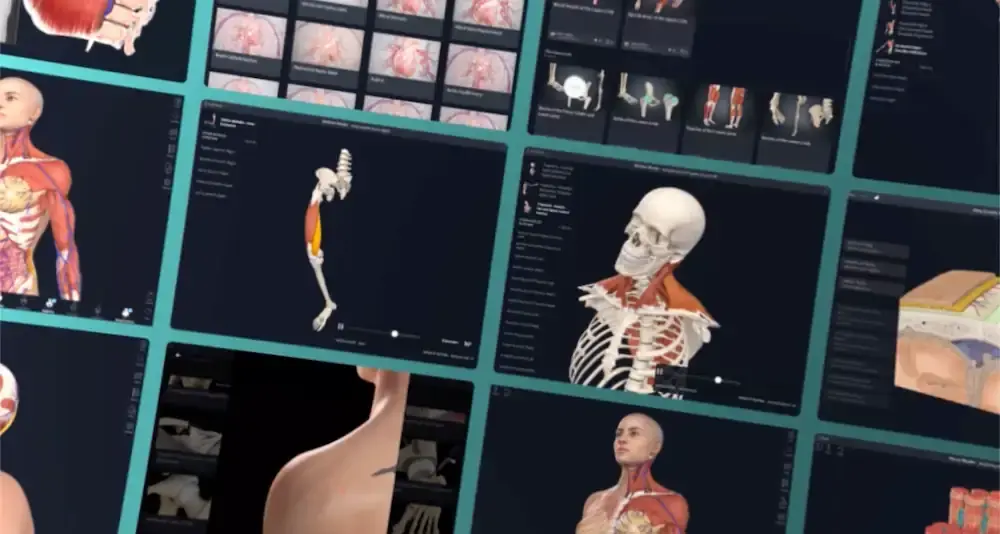
Quick Facts
The subcutaneous tissue is the layer of loose connective tissue situated just beneath the skin (Dorland, 2011).
Structure/Morphology
The subcutaneous tissue (superficial fascia or hypodermis) is found deep to the reticular layer of the dermis. It is composed of loose areolar connective tissue containing adipose tissue. The amount of adipose tissue depends on various aspects, such as the location in the body, sex of the individual and the nutrition of the individual. No adipose tissue is found in the subcutaneous portions of the eyelids, clitoris, or penis. The subcutaneous tissue contains an extensive network of blood vessels. These are important for the rapid uptake of drugs delivered by hypodermal injections, such as insulin (Ross and Pawlina, 2006).
Function
The subcutaneous tissue acts as a thermal insulator, stores energy, and functions as a shock absorber. It loosely attaches to underlying deep fascia, aponeurosis, and periosteum, thus allowing skin to glide over these underlying structures.
References
Dorland, W. (2011) Dorland's Illustrated Medical Dictionary. 32nd edn. Philadelphia, USA: Elsevier Saunders.
Ross, M. H. and Pawlina, W. (2006) Histology: A text and atlas. Lippincott Williams & Wilkins.
